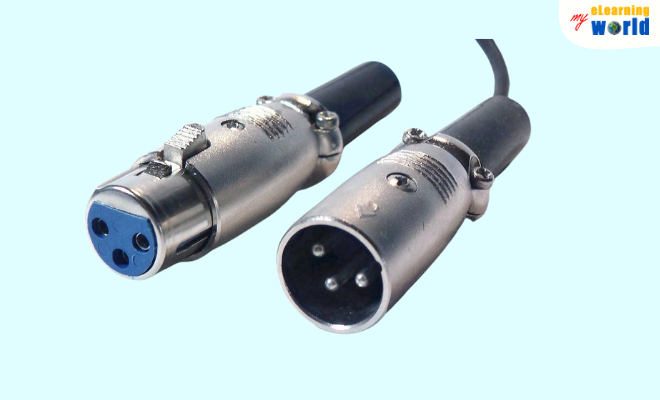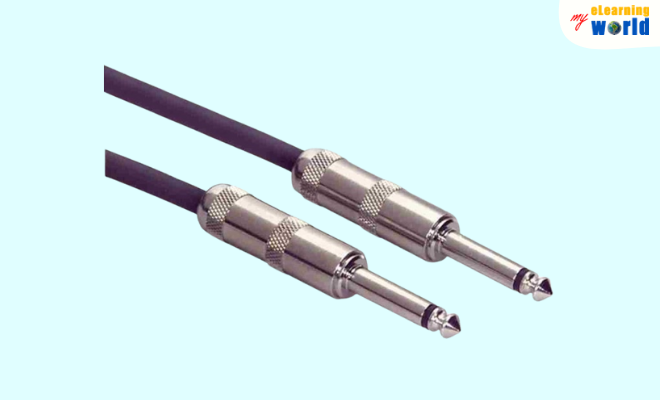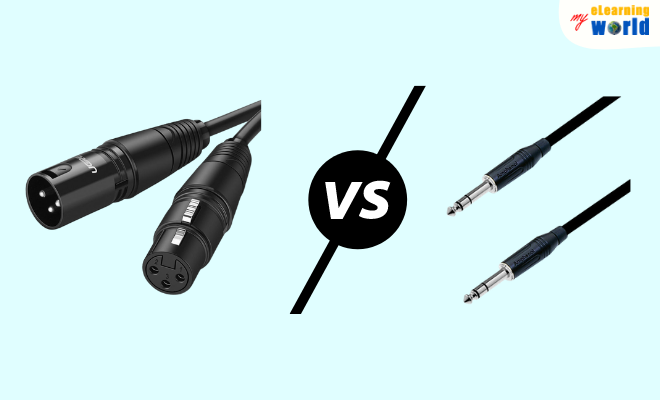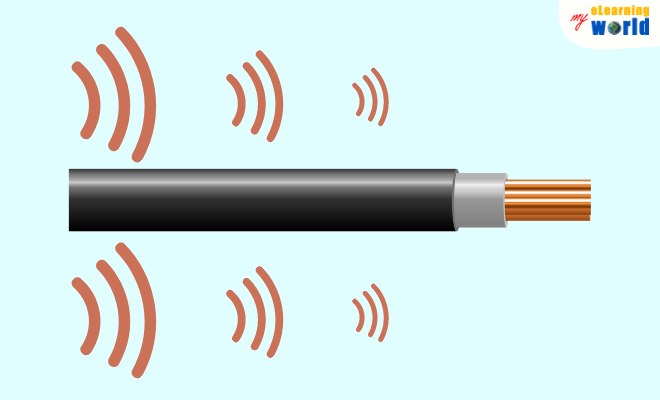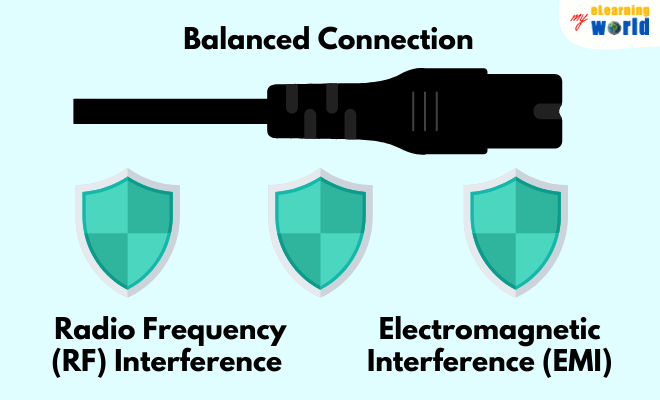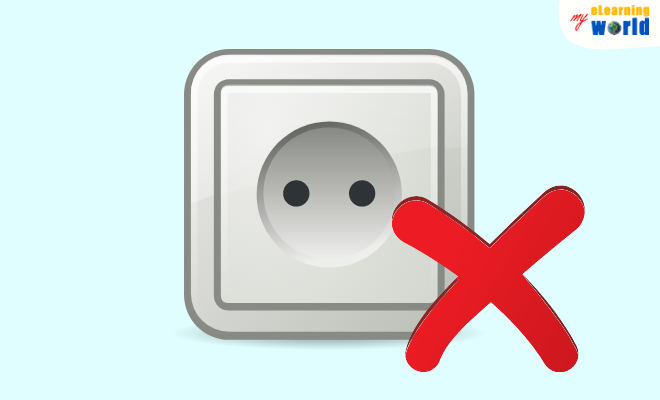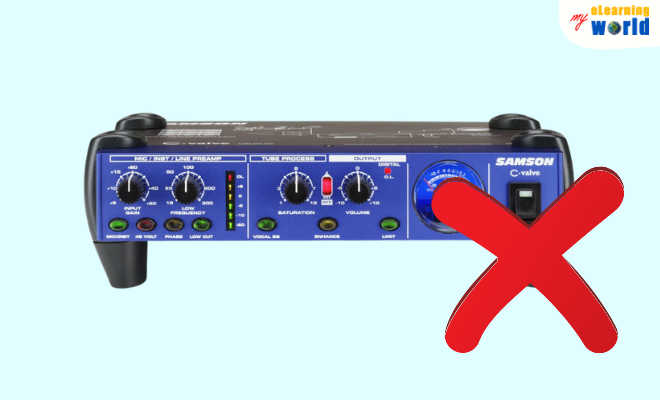Sound quality is usually defined as sound clarity in the recording industry. Essentially, when someone says that a recording has quality, they often mean that the sound is clear and detailed.
There are plenty of factors that can affect sound quality, but the two main elements that must work together are your audio inputs and outputs. A problem between either one of these can lead to poor sound quality in the final work.
This is why it’s vital to get a clean signal using the right cables from your audio source to your output. Your cables act as the pathway to transmit audio data, and using the wrong cable can cause an otherwise clean signal to be degraded.
Below, we’ll take a look at XLR vs TRS sound quality as well as:
- How XLR and TRS connections work
- Some pros and cons of each
- How connections types affect sound
- How to use each cable type in the studio
In my research for this post, I tried a number of different cable configurations to check for things like signal noise and tone. I also tried a variety of cables from different manufacturers to ensure that I was getting thorough, objective results.
In general, there are two main types of connections used in pro audio: XLR and TRS.
What Is XLR?
If you’ve ever seen a standard microphone cable, you’ve likely seen an XLR connection. XLR stands for external line return.
The name XLR actually applies to the type of connector instead of the cord itself; however, most people in the audio industry will simply refer to a cable with an XLR connector as an XLR cable.
These types of connectors come in male and female versions that utilize pin conductors. There are different configurations that use different amounts of pins, but the three-pin version is the most common.
An XLR connection is comprised of audio signal connections and a ground connection. This means that they are balanced connections that offer resistance to noise from radio frequency (RF) interference and electromagnetic interference (EMI).
XLR connections usually measure 2.37” at the widest point. Some microphones accept a mini-XLR connection which measures about half the diameter of a standard XLR connection.
You can see my reviews of some of the best XLR microphones in this article.
What Is TRS?
In a TRS cable, TRS stands for tip, ring, and sleeve. These types of connections use a 1/4” plug that can be used in many common audio hardware applications, including amplifiers, mixing consoles, FX processing units and recording units.
Just like with an XLR cable, a TRS connection has three different contacts that send signals using conductors and a ground wire. Instead of using pins, however, a TRS connection incorporates the two audio signal contacts and the ground contact into a singular straight plug.
You can hear the sound quality of a TRS connection for yourself in this video from Steve Oakley. He demonstrates XLR and TRS in the studio using a ribbon mic along with an acoustic guitar to let you check out the difference in tone.
TRS connections can sometimes be confused with TS connections since they both look similar in that they are both straight 1/4” plugs that fit into jacks on things like guitar amps. You can tell the difference, however, by noticing that a TRS cable connection will have three separate segments while a TS connection only has two.
Both XLR and TRS are useful for a number of jobs around the studio. In determining XLR vs TRS sound quality characteristics, it pays to know the similarities and differences in order to get the best audio out of your cables.
Cable Features That Affect Sound Quality
Below are some features of XLR and TRS connections that can help you choose between the two. Of course, you’ll want to use the type of connection that fits with your gear, but if you have the choice, it’s good to know how each type is used.
XLR
The following are some features that are beneficial when using an XLR connection:
XLR Will Always Be Balanced
A balanced audio signal is one that has had additional noise removed through a process of inversion that takes place along the signal path. While it’s beyond the scope of this post to go into the technical details of this process, the general idea is that noise generated along the signal path is phased out when it gets to the output.
An XLR cable will always be a balanced connection, meaning it will typically have much less chance for unwanted noise in the line. A TRS cable will be balanced as well, but TRS inputs and outputs may be unbalanced.
In this video, Andrew from Deity Microphones discuss the importance of choosing between XLR and TRS for the best sound quality in film audio recording.
If a TRS cable is connected to an unbalanced stereo output leading to a balanced mono input on a mixer, it will still transmit audio; however, the result will lack bass and will be out of phase. Whenever you’re using a balanced cable, you want to connect it to a balanced inputs and outputs.
XLR Offers Protection Against Interference
Because of the balanced nature of XLR connections using three conductors and inversion, audio sent through these lines typically experiences less interference from radio frequency (RF) interference and electromagnetic interference (EMI).
All kinds of electronic devices can introduce these types of noises, including mobile phones and even other audio gear nearby. When noise gets introduced, it can sound like buzzing, humming, hissing, crackling or other types of distortion.
XLR is often the best choice for studio use since most studios are stocked with electronic gadgets, but they’re also beneficial in live recording situations where you can’t always control the environment.
XLR Can Use Phantom Power
Phantom power is power that is derived from the piece of gear that the cable is plugged into. If a cable can run phantom power, then there is no need to plug a device into a wall socket or other power source.
XLR cables transmit phantom power through the three conductors located in the end connectors. The nice thing about this feature is that if a device is plugged into a phantom power source through XLR and the power isn’t needed, the device will simply ignore the current.
In most cases, phantom power is used to power things like condenser microphones that are most commonly used with XLR cables. Because the mic will use the current automatically, you usually will not need to do anything to ensure that the mic is powered.
XLR Cables Are Tug-Resistant
When it comes to securing connections around the studio, XLR often has an advantage since its connection locks into place. Cables that use TRS or USB are more easy to knock out of a jack by accident.
This security is especially beneficial when using a number of cables in a crowded studio. An accidental tug or snag on a TRS or USB microphone cable can mean a ruined recording or damaged equipment, but XLR cables are much more difficult to pull out of place accidentally.
You can learn more about XLR and USB microphones in this article.
TRS
Below, you’ll learn about some of the sound quality features of TRS connections.
TRS Doesn’t Require a Preamp
While XLR cables generally require a preamp, TRS cables do not. This can be an advantage because it means less equipment to get a recording job done, but it may limit your options for pre-processing audio.
A TRS line is assumed to already be at line level, meaning no additional amplification is required to get the signal audio to a usable state.
TRS Can Be Connected to Inputs and Outputs
When using an XLR cable, you’re usually going to be sending a signal one direction. For example, an XLR cable is usually used to send a signal from a microphone to a mixer.
With a TRS connection, audio can be sent both ways. This is especially helpful if you’re using TRS cables to connect equipment in a patch bay or when you’re using a headset microphone.
If you want to know more about choosing between balanced and unbalanced cables, take a look at this video from Multiplier. In it, you’ll learn how different cables can affect sound quality and more.
Once again, I’ll point out that TRS cables should be used with balanced inputs and outputs to reduce the chances for sound quality issues. If you’re not sure whether an input or output is balanced or not, consult with your equipment’s manual or manufacturer.
TRS Is Less Expensive
For the most part, TRS cables are less expensive than XLR. Manufacturing quality can have an effect on the price, but you’re usually going to spend less for a quality TRS cable than you will on a quality XLR cable.
One deciding factor in the cost of cables overall is the materials the wiring is made from as well as the thickness of the wire. Thickness is usually expressed as the gauge of a wire.
The thicker the wire gauge, the more power it can handle. This doesn’t mean you need to look for the thickest wire possible, but your cables need to at least meet the minimum specifications set out by the manufacturer of the audio equipment you’re using.
Useful Resources
- What is an XLR microphone, and why would I want one?
- What’s the difference between a TS cable and TRS cable?
- What’s the difference between balanced and unbalanced?
- A guide to types of audio cable and connectors
- How to clean a microphone
Conclusion
What’s the right choice in the debate over XLR vs TRS sound quality? I recommend using an XLR cable for any type of microphone recording when possible, especially when using a condenser mic.
TRS is usually best when running lines out of gear into recording hardware or patch bays as long as your equipment accepts balanced connections.
It’s also a good idea to always utilize studio acoustic treatments like soundproof curtains to improve sound quality. You can learn more about some of the best soundproof curtains for studio audio in this article.


